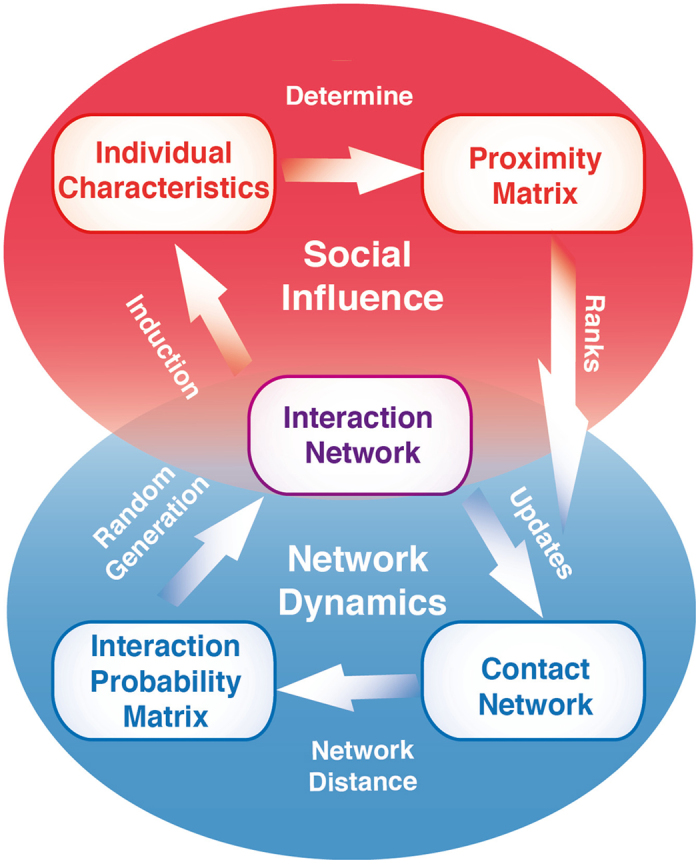Figure 1. Adaptive network model of behaviour selection.

For a group of individuals, the proposed model predicts selection of behaviour as a function of two factors: local interaction between individuals and the global structure of their social connections. The proximity matrix describes how similar a given pair of individuals is based on their individual characteristics such as smoking behaviour. Assuming restricted resources, agents maintain a limited number of social contacts. In the proposed model, individuals only keep their most proximate contacts. Based on the proximity matrix, it can be determined which individuals are current neighbours in the contact network. The distance between nodes in this network is then used to compute the interaction probability matrix for stochastically generating current interactions between a given pair of individuals. Importantly, this interaction network exerts feedback on the individual behaviour and thus closes the co-evolutionary loop: The probability of changing the smoking behaviour is modelled as a function of the individual smoking disposition and the dominance of smoking behaviour in the local neighbourhood of the interaction network. Note that only individuals who have actually interacted can establish a tie in the contact network in the next time step.
